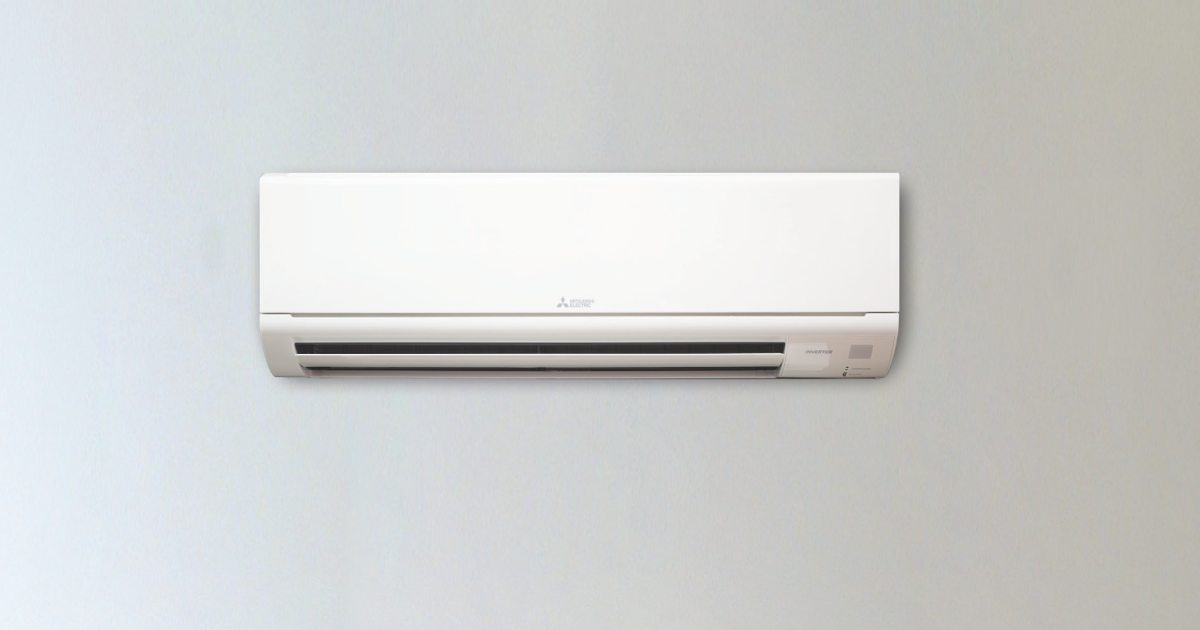
From July next year, certain air-conditioner types newly installed or connected in South Australia will need to meet demand response capability requirements.
South Australia is well known for its scorching summers, although this year’s has been *really* mild so far here in Adelaide (things look to be warming up a bit next week).
Strong home solar power uptake in SA has resulted in generally less demand on the grid from air-conditioner use on summer days from mid-mornings to mid-afternoons – and that’s a really good thing.
But as South Australia heads towards 100% renewable electricity, things can start getting a bit tricky in the late afternoons and evenings on still, very hot summer days. Folks arrive home and switch on their air-conditioners, but solar energy generation is dropping at that point and demand on the grid increases.
When demand threatens to outstrip supply, energy security becomes a bit wobbly and this can lead to blackouts if no action is taken. One of the tools that can help address this is Demand Response (DR).
What Is Demand Response?
Demand Response involves electricity customers voluntarily reducing their electricity use during peak periods when system stability and security is potentially threatened.
As well as providing benefits to the power system, those participating in demand response programs are rewarded for reducing consumption and shifting some of their electricity use to lower demand periods.
Demand Response is usually associated with large electricity users, but we’ll increasingly see households and small businesses being able to play a role. And for this to happen, smart appliances need DR capability enabling them to respond to remote communications directing an appliance to increase or decrease load, or even disconnect. When the event has passed, another communication restores normal operation.
Air Conditioner DR Capability Mandatory
Many air-conditioners sold in South Australia already have demand response capabilities – a Mitsubishi MSZ-GL I had installed back in 2017 has DR features and it wasn’t something I was particularly looking for.
But from 1 July 2023, certain air-conditioners being installed/connected will be required to have DR capability.
Air conditioners covered by the requirements include hard-wired single-phase, three-phase and close control appliances with a cooling capacity of up to 19kW. Evaporative, portable and other air conditioners that plug into a mains/wall socket are exempt.
“The changes will help deliver a smarter electricity grid, more flexibility for consumers, and more affordable energy for everyone,” starts part of an announcement on the SA Government’s Department of Energy & Mining website.
It’s important to note that participating in a DR program will be voluntary. The new requirement just means those who want to, can. It will be the customer’s choice to activate demand response capability, which will enable their energy retailer to control the air conditioner.
A list of air conditioners SA’s Technical Regulator says comply with the Demand Response guideline can be found here (SA is using QLD’s Energex’s PeakSmart register). However, it’s pointed out just because an appliance isn’t listed, it doesn’t mean it won’t comply as registration of products under the guideline is optional. But in that case, the retailer/installer will have to ensure the appliance is DR capable per the SA requirements.
For more, read our detailed guide to air conditioning.

 RSS - Posts
RSS - Posts



I have my home automated with a custom script to pre-load my aircon. That is, on hot days it will use the available solar to bring down the house temperature even if nobody is home. This makes the evening operation minimal. If the demand response modes are used appropriately by the energy retailers in throttling to 75% and then to 50% (and only throttling lower as a last resort) it should not affect this kind of set up which I think can only encourage manufacturers to add pre-loading features into their products.